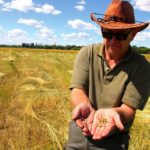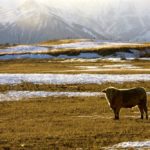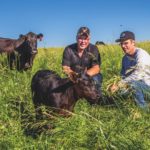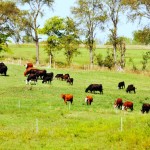
Tag Archives University of Manitoba

Water fight brewing
Research on the Record with Reynold Bergen

Harvie Ranching Hereford named 2016 Miss World Champion
Purely Purebred with Mike Millar: News about you from the March 2017 issue of Canadian Cattlemen

Who will breed the next generation?
Forages aren’t only suffering from a shortage of research dollars, but a shortage of researchers to do the work if the money were available

‘Change’ is the watchword in a warming world, says researcher
Longer summers and milder winters sound nice, but even the pluses come with some negatives
History: There’s a certain something about an Arabian
Reprinted from the April 1950 issue of Canadian Cattlemen
Researchers chosen for Beef Researcher Mentorship program
Newsmakers from the October 2016 issue of Canadian Cattlemen

A strategy for regenerative agriculture
Ryan Boyd believes he has the right strategy to get him off the expansion treadmill

The environmental hoofprint of Canada’s beef industry
Research on the Record with Reynold Bergen

Rumen microbes and bloat in cattle
Key to the prevention of bloat is understanding the role the bacteria community plays

Peak Dot Ranch donates sale proceeds of heifer to SSGA
News about you, from the Nov. 2014 issue of Canadian Cattlemen



